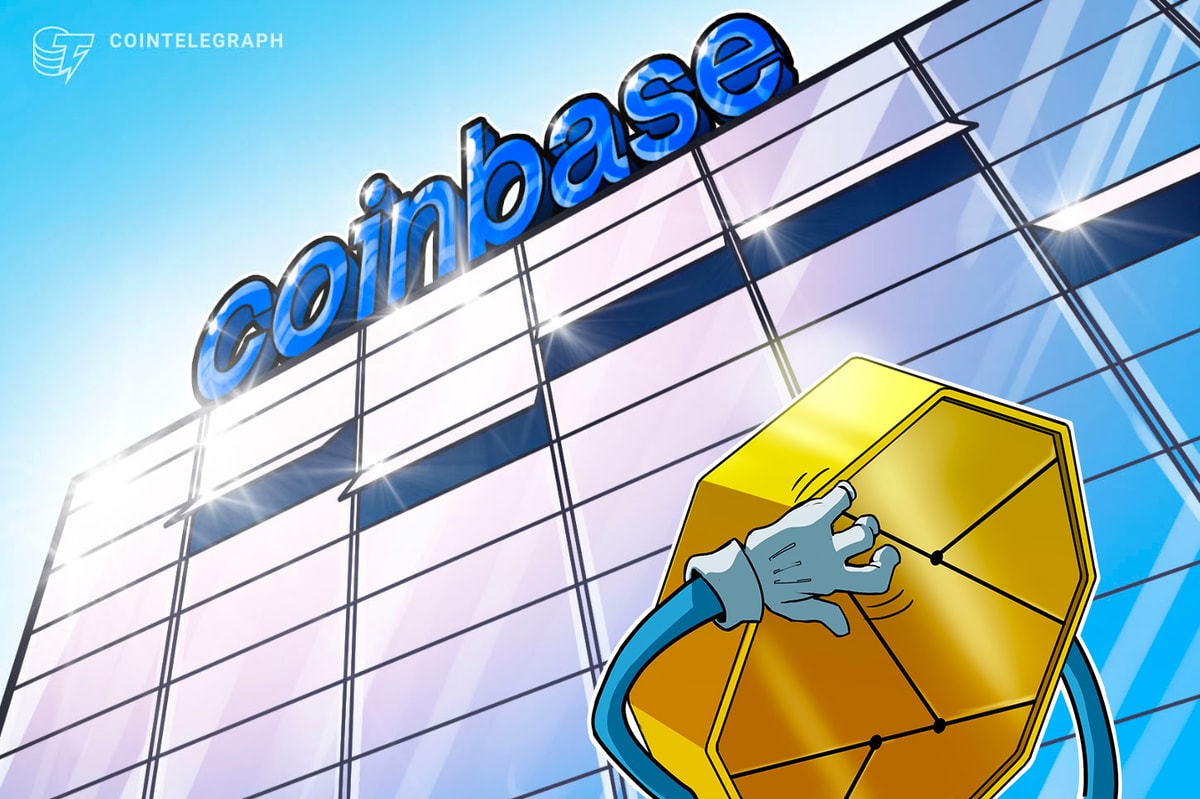Not many have heard of NamesCon, the biggest yearly domain conference.
It was time for me to go and see what was the “latest and greatest” in Ethereum Name Service (ENS) and traditional domains.
Right off the bat, I was excited to see that what is normally a traditional domainer-only conference (.com, .org, .net, etc.) has been teeming with blockchain domain projects.
Domain is the digital face of any company.
Domains are still the core asset of any company. They are the digital face that every customer and partner will see. Yet, most of the short and descriptive .com’s are already long gone. The market for .com’s has been growing, and at this point, is often unachievable for shorter and more premium names. In order to have a creative, memorable .com, you could very well need to spend millions.
This summer, NFTs.com sold for $15 million and Voice.com for $30 million in 2019. In the Web3 space with the exception of a few unicorns, this type of spending is suitable only for the largest startups in crypto. Yet, the highest public sale last year for .io was just $230,000 last year, and the highest ever sale of a .org ever being for poker.org at $1 million. And most go for much less. Millions are a substantial difference. Domains like .io and .org (for DAOs and organizations in blockchain space) are within the reach of many, even with a modest purse.
Of course, clear alternatives to .com’s exist and are becoming increasingly desirable. Right now the darling of Web3 space is .io. Over and over at blockchain crypto conferences, you can see the .io brand taking over .com. If you go to any crypto conference, you may see 50% of projects on .io domains, 30% on .coms, and the rest may be a mix of .org, .app, .net or .xyz.
Startups found their saving grace in .io’s, being cool and edgy, unlike your mom and pop’s .com. The trend to replace .com as the most cutting-edge domain started in 2017, and now some of the largest blockchain projects are on .io, such as Uniswap, Gate.io and many others.
Why did alternatives to .com take off in Web3?
The crypto industry is the rebel that likes to stand out and alternatives like .io and .org present a new way to show that you are different. They are edgier and sometimes shorter (in the case of .io).
And now we have the decentralized domains, which are reimagining the existing space.
Could blockchain domains be next?
This is where we get to blockchain domains. Naming services like Unstoppable and Etherium Name Services (ENS) already allow for decentralized domains on the blockchain. Since these blockchain domains are already in existence, why aren’t we seeing them being used to advertise on the internet, conferences or host websites for the main audiences?
Because as of right now, it is not possible to have a decentralized domain website that will be shown by a traditional browser (like Safari or Google Chrome).
In marketing, we call this a “failure of user experience.” The harder it is for customers to use your product, the less customers you will have. If 99% of browsers don’t recognize your website, no one can ever see it. That’s how Web3 domains are now. They are “illegal” as far as the de facto domain regulator, ICANN is concerned. But who is ICANN you might ask?
Playing by ICANN rules
There is a big player in domains called the Internet Corporation for Assigned Names and Numbers (ICANN). They are a private, multinational corporation, originally created by the U.S. government that is responsible for regulating domains on the internet.
In order to register a new top-level domain (TLD), ICANN requires the potential TLD manager or “registry” to undertake a costly and in-depth application process. A registry’s ability to maintain a piece of internet infrastructure, such as tracking user data, logging domains under the TLD and protecting the rights of individual domain holders, is scrutinized. The last round of TLD applications took place in 2012.
Some of this serves an important function, such as protecting intellectual property and preventing multiple parties from using the same domain name. But because Web3 domains are by nature, free, decentralized and anonymous, they do not conform to ICANN’s procedures.
Why would blockchain domains want to play by ICANN rules?
Let’s unpack it.
The biggest browsers by market share are Chrome and Safari, and with an approximately 84% market domination, the rest are a drop in the bucket. To get these browsers on board, Web3 domains would need to fall into ICANN steps or be ostracized. For Web3 domains to get critical mass, they would need to show a united front to the ICANN regulators in order to have enough weight to move the Web3 argument forward.
What needs to change for Web3 domains to take off?
ICANN is the current gatekeeper with ties-ins to the traditional browsers that are kingmakers. Chrome and Safari, aren’t likely to make a move to accept Web3 unless there is regulatory approval from ICANN. And since Web3 is notoriously anti-regulatory, there is little chance these browsers will turn on ICANN and embrace Web3. Too much is on the line for browsers not to follow ICANN’s steps.
Coming together to negotiate with ICANN would entail Web3 domainers putting a lot of differences aside and, frankly, avoiding infighting. A possible solution could be for Web3 domain companies to create a DAO (Decentralized Autonomous Organization) of united regulations, by which everyone would have to abide by. That way if the domain string is abandoned, there are processes where there are steps to protect domain holders.
Having a united front amongst blockchain Web3 companies is of utmost importance for ICANN to start playing ball with Web3. A coalition of Web3 domain projects could have a greater impact on the direction of regulations.
Former CMO at number of L1 blockchain projects. He is currently a Columbia University Lab to Market Blockchain Accelerator Advisor.
This article was published through Cointelegraph Innovation Circle, a vetted organization of senior executives and experts in the blockchain technology industry who are building the future through the power of connections, collaboration and thought leadership. Opinions expressed do not necessarily reflect those of Cointelegraph.
Learn more about Cointelegraph Innovation Circle and see if you qualify to join











